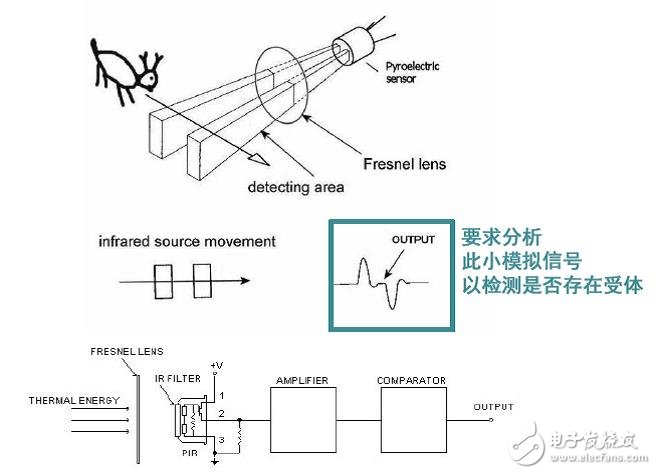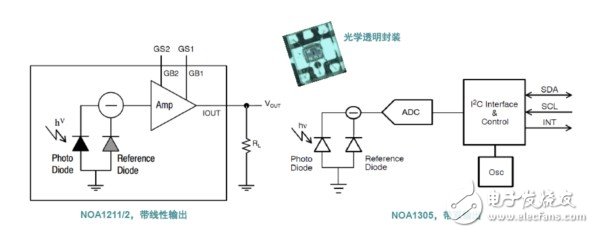Today, the demand for electricity is rising, the ban on the use of incandescent light bulbs is imminent, and nuclear power policies are constantly changing; although fluorescent lamps and compact fluorescent lamps (CFL) can save some energy, the use of mercury has caused more and more Concerns, it is estimated that landfills in the United States process 600 million fluorescent lamps annually, which is equivalent to 15,000 kg of mercury waste; and a teaspoon of mercury can pollute 81,000 square meters of lake water. Therefore, the industry is increasingly turning its attention to more environmentally friendly and energy efficient LED lighting. LED lighting progress and China's policy trends At present, the characteristics of LEDs have been greatly improved. LED downlights and modified bulbs already have higher light efficiency than existing technologies (incandescent lamps, halogen lamps and compact fluorescent lamps); LED costs are expected to continue to decline in the next few years. Reduce the cost of LED bulbs and lamps; compared with the 2010 study, LED prices have accelerated to decline (a 13% to 24% annual decline). In terms of policies, many countries in the world have issued policies to encourage the development of the LED lighting industry. For example, China ’s National Development and Reform Commission recently released the “Semiconductor Lighting Energy Conservation Industry Planâ€, which plans to have a market share of LED functional lighting products of more than 20% by 2015, and the annual output value of the LED lighting energy-saving industry will increase by about 30%. RMB 50 billion (US $ 72 billion); moreover, all incandescent bulbs for general lighting above 60 W will be eliminated by 2015. ON Semiconductor focuses on "general lighting" ON Semiconductor is involved in many market segments of LED lighting, such as automobiles, mobile devices, LCD backlights and logos, and provides a variety of different LED lighting solutions for these market segments. For example, in automotive LED applications, ON Semiconductor provides automotive-grade lighting solutions for different lighting subsystems in automobiles, including headlights, daytime running lights (DRL) and signal lights; reflectors; fog lights; interior Lighting (roof lights, map lights, reading lights, ambient lights); instrument panel backlight; tail lights (central high parking lights (CMHSL), tail lights, parking lights, reversing lights, combined tail lights). In addition to these applications, general lighting will be the focus of ON Semiconductor's development in the LED lighting market. As far as LED general lighting is concerned, it is expected that LED bulbs will fall to a turning point below US $ 10 in 2014. By 2015, LED bulb shipments will reach 3.9 billion. China is expected to become the fastest-growing LED general lighting market. High-efficiency LED drivers and smart lighting are some of the key areas; it is expected that commercial / industrial market segments will lead to the adoption of smart lighting solutions. ON Semiconductor takes full advantage of the wide lineup of analog power ICs, discrete devices and advanced micro-packages to provide distinctive solutions, including the transition from independent drivers in 2012 to the current complete LED general lighting solution. Challenges of general lighting LED drivers Wide range of general lighting power, LED general lighting includes: residential (3 W – 15 W), such as 800 lm 60 W A-19 bulb; commercial and building decorative lighting (15 W – 75 W), such as 2,800 lm 4 feet long T8 lamps; outdoor and infrastructure (75 W – 250 W), such as 13,000 lm 150 W metal halide lamps. These LED drivers have encountered many challenges: energy efficiency is critical, because the fixed bulb shape can cause limited heat dissipation; the space within the bulb is limited, especially for larger power bulbs that require a larger heat sink area; LEDs are changing rapidly, with Numerous choices; the constituent materials of the driver's electronic circuit must be reduced to increase the remaining space; the driver needs to be optimized to match different lighting and power requirements. LED driver challenges LED driver challenges also include LED configuration (number of LEDs / drive current) that affects the choice of topology; the type of bulb affects the design of the heat sink, and greatly affects the choice of system, such as energy efficiency goals, available space; affects the choice of isolated or non-isolated topology The factors include: LED selection, safety regulations, mechanical design expertise and technology; LED manufacturers are rapidly innovating and launching new LED configurations and designs (high-voltage LED / multi-LED packaging). LED "smart lighting" perspective In addition, the characteristics of LEDs determine the advantages of "smart lighting", because LEDs are easy to control and dim; electronic circuits can add a variety of new functions, such as built-in occupancy sensors, adjusting brightness according to ambient light to save There is no need to change the switch or cable for the electric and wireless interfaces; power saving technology and convenience and safety. However, "smart" lighting requires that the design of the AC-DC LED driver IC must be able to easily match analog and digital (PWM) dimming; use low-energy wireless interfaces such as IrDA infrared, ZigBee, and Bluetooth LE (Bluetooth LE); wireless control Standards are in place, such as ZigBee Light Link â„¢; easy-to-use devices to measure ambient light and detect human activities (such as the use of passive infrared sensors). Advantages of "smart lighting" ON Semiconductor ’s newly launched NCL30082 LED driver is equipped with an intelligent dimming interface, which can perform analog dimming, digital dimming, or both analog and digital dimming with a single control pin. Input / output port (GPIO), wide dimming range is 0-100%. Smart dimming The sensor used for dimming control is the occupancy sensor, which can determine whether there are people in the lighting area, and is used for power saving and safe lighting control of the entrance or exit of the room. Most typical sensors use passive infrared detectors, and other sensor options include ultrasonic and motion sensors. Silicon light sensors can be used in a variety of applications, measuring ambient light to collect sunlight. Light sensors can also be used to control LED lighting by sensing the light output of the fixture. The principle is to use passive infrared (IR) systems to detect the presence of receptors. Passive infrared (IR) system The ambient light sensor (ALS) can be used for signal processing and control of the light-sensitive silicon photodiode area, analog or serial communication interface (I2C or SPI) and interrupt MCU connection. The role of the ambient light sensor The ambient light sensor technology uses a special surface mount package with a light window, and the optical filter can be customized to optimize the light response for a specific wavelength or color temperature. Its design provides a light response similar to the human eye, which can be optimized for the response of fluorescent lamps to filter out 50/60 Hz ripple. In "smart lighting", the ambient light sensor can be combined with outdoor (dusk / dawn) and indoor (daylight collection) to dim, thus saving energy; closed-loop control LED light source can adjust the specific light output under different temperature and time conditions; The constant light output adjustment of LED output light feedback can save and extend the life of the driver. With the efforts of ON Semiconductor and other manufacturers, smart bulbs and LED modules are about to appear. The traditional "socket" limits the advantages of LEDs. The new solution can solve the problems of thermal management, optics, and modularity / replacement; the driver can be integrated or external, making the proprietary solution turn to standardization (Zhaga). in conclusion LED lighting is developing rapidly. Intelligent lighting, environmental photosensitive design and intelligent modularization have become one of the trends in the development of LED light sources. It is crucial to choose a variety of driver topologies that can be used for alternative applications of similar bulbs based on LED selection and design. structure. In addition, bulb design and system cost are affected by trade-offs between mechanical, optical design, and driver topology. The upcoming smart LED bulbs and LED lighting engines, as well as the broad lineup of complementary solutions provided by ON Semiconductor, will help achieve the next generation of LED lighting design.
- 6 Way Power Strip Extension with surge
protector will protect your electrical devices from voltage spikes e.g.
electrical surge or lightning. USB Ports Electric Socket 6 Outlet Extension provide you multi capability for various electronics power needs at the same time.
- Qualified Power Strip 6-Outlet Power Cord allowing you extend the outlet 6 feet (2 meters)
away from the wall or even further.
- 6 Gang Power Strip is capable of overload protection, optional USB Charging Ports and surge protection, flexible design.
6 Gang Power Strip 6 Gang Power Strip, Smart Power Bar, 6 Way Power Strip Extension, Power Strip 6-Outlet, USB Ports Electric Socket 6 Outlet Extension ZhongShan JITONGLONG Plastic Hardware Co. Ltd. , https://www.toukoo-electronics.com



